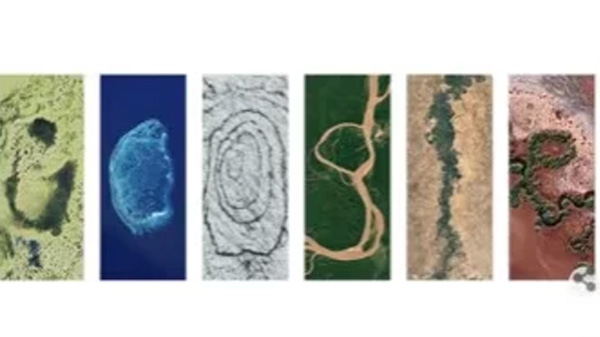Google celebrates ‘Earth Day 2024’ with Doodle

- Update Time : Monday, 22 April, 2024, 05:49 pm
- 96 Time View

Online Desk: Search engine giant Google has created a new Doodle on its homepage celebrating Earth Day 2024 on Monday with a doodle featuring aerial photographs of the planet’s natural beauty and biodiversity.
With this doodle, Google reminded us of the importance of protecting the earth for future generations.
The Google letters, as per the description of the annual Earth Day 2024 doodle on their website, feature certain places “across the globe where people, communities and governments work every day to help protect the planet’s natural beauty, biodiversity and resources.”
A Look Inside the Letters of Google in its Earth Day 2024 Doodle:
The letter ‘G’ features the Turks and Caicos Islands. The islands are home to important biodiversity areas with conservation efforts aimed at addressing ongoing environmental challenges, including protecting natural resources and reefs and restoring endangered species.
The letter ‘O’ represents the Scorpion Reef National Park in Mexico, which is the largest reef in the southern Gulf of Mexico and a UNESCO biosphere reserve.
And Iceland’s Vatnajokull National Park, which was established as a national park in 2008 after decades of advocacy, features on the letter ‘O’. This UNESCO World Heritage Site protects the ecosystem in and around Europe’s largest glacier.
Brazil’s Jau National Park features on the letter ‘G’. It is one of South America’s largest forest reserves and a UNESCO World Heritage Site. It protects a huge range of species.
The letter ‘L’ represents the Great Green Wall in Nigeria. This African Union-led initiative is restoring land affected by desertification across the width of Africa, planting trees and other vegetation while implementing sustainable land management practices.
Meanwhile, the letter ‘E’ is for Australia’s Pilbara Islands Nature Reserves. Located by one of the Pilbara Island Nature Reserves, one of 20 nature reserves in Australia that help protect fragile ecosystems, increasingly rare natural habitats, and many threatened or endangered species—including multiple species of marine turtles, shorebirds, and seabirds.
















